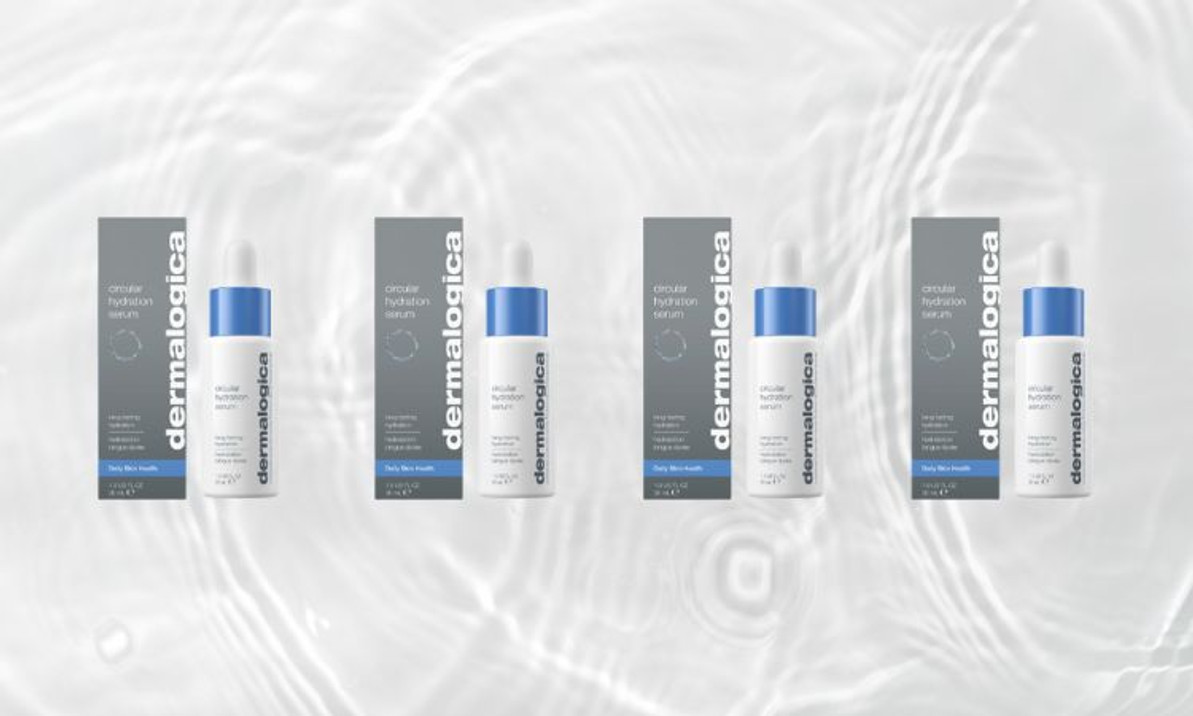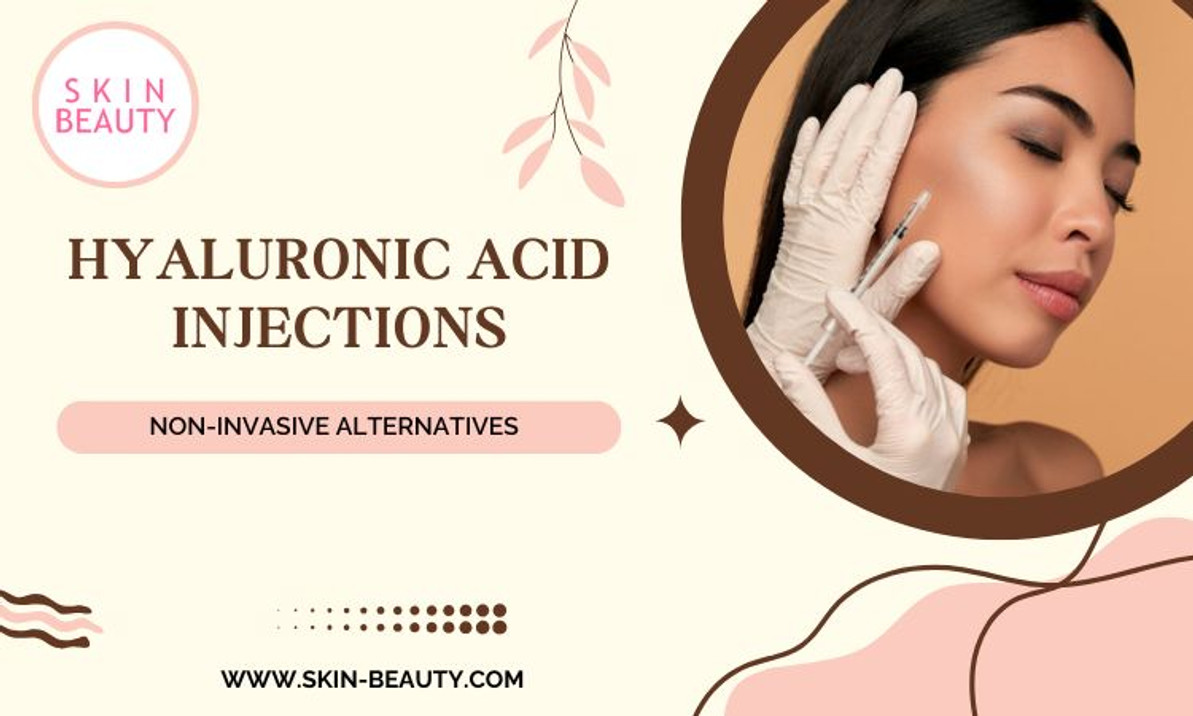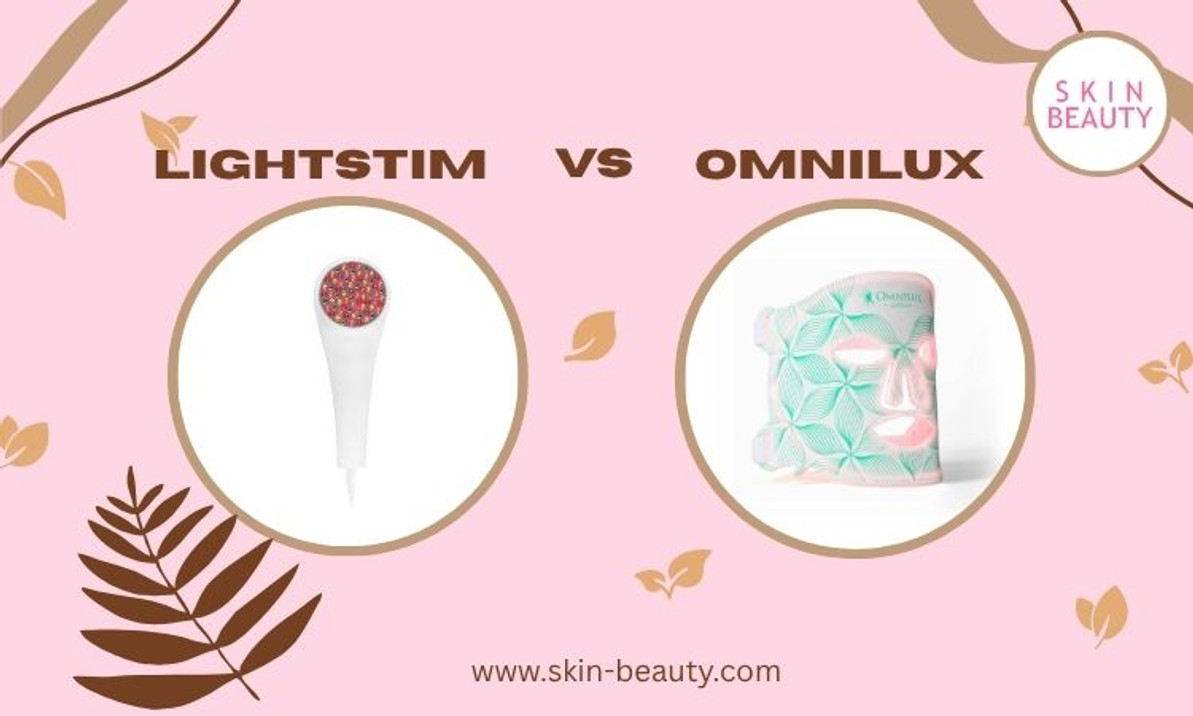What Does Polyglutamic Acid Do For Skin?
Its properties resemble other commonly used moisturizing ingredients like hyaluronic acid and glycerin. According to a study, the molecule polyglutamic acid has been known for more than 80 years, but researchers continue exploring its benefits. Amino acids are the constructive blocks of proteins, and when used in skin care, polyglutamic acid draws moisture from the environment into your skin.
Polyglutamic acid benefits
Polyglutamic acid is a polypeptide that has beneficial properties, for example:
- water-solubility
- edibility
- environmental friendliness
Polypeptides are long chains of amino acids, and polyglutamic acid is made from chains of glutamic acid. Polyglutamic acid has potential use for:
- water treatment
- delivering some medications
- skin moisturizing
Polyglutamic acid is also found in food made from fermented soybeans, called Natto. Even if you're unaware of the term "humectant," you may be familiar with some other common humectants used in skin care, such as:
- alpha-hydroxy-acids (AHAs)
- salicylic acid
- glycerin
- urea
- hyaluronic acid
- panthenol
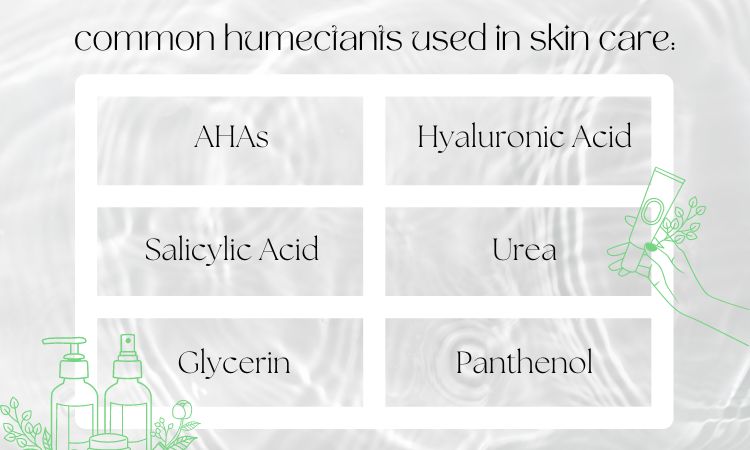
Ways polyglutamic acid can benefit your skin:
Moisturizes
The number one benefit of polyglutamic acid and other humectants is keeping your skin moist by drawing moisture from the atmosphere into your skin. Polyglutamic acid increases your body's production of the following natural factors:
- carboxylic acid
- lactic acid
- pyrrolidone
- urocanic acid
Your skin naturally produces the substances above to help keep your skin hydrated.
Reduces wrinkles
Polyglutamic acid helps reduce the appearance of wrinkles by keeping your skin hydrated. In addition, dry skin tends to fade, making wrinkles and fine lines more noticeable. Hyaluronic acid reduces wrinkles and aging effects by improving skin hydration and stimulating collagen and elastin production. Collagen and elastin are the two main proteins that give your skin elastic-type properties.
Reduces side effects of aging
Polyglutamic acid might help reduce the effects of aging like dry or sagging skin by keeping your skin hydrated. However, Polyglutamic acid may also inhibit an enzyme called hyaluronidase that breaks down hyaluronic acid.
Wound healing
Polyglutamic might have the potential to speed up wound healing. However, more human research is needed to understand how polyglutamic could be best used in humans for this purpose.
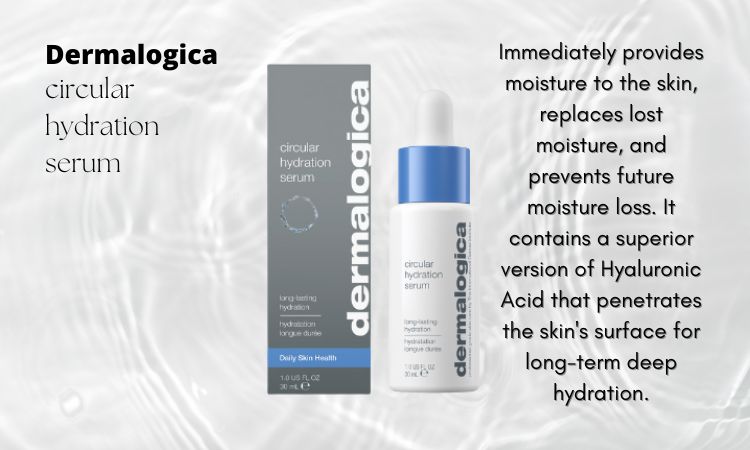
Check out our favorite polyglutamic acid product: Dermalogica's Circular Hydration Serum!
Which is better, hyaluronic acid or polyglutamic acid?
Polyglutamic Acid, a hydration powerhouse, and water-soluble peptides are five times more hydrating than hyaluronic acid. This cutting-edge ingredient, derived from fermented soybean mucilage, is a significant game-changer in the future of skincare. To really up the moisturizing effect, you can use polyglutamic acid and hyaluronic acid in your routine. Use hyaluronic acid first, which gets absorbed deeper into your skin with its smaller molecules, followed by a PGA-infused serum.
When should you use polyglutamic acid?
If you have dehydrated skin, polyglutamic acid should be combined with hyaluronic acid to maximize skin hydration. These two ingredients synergize as polyglutamic acid stops hyaluronic acid from breaking down.
Can you mix polyglutamic acid with vitamin C?
As long as your product doesn't contain other active ingredients, polyglutamic acid can be added to any skincare routine. There's no need to use caution with products like vitamin C, retinol, or niacinamide.
Can you use niacinamide and polyglutamic acid together?
PGA also pairs nicely with retinol, niacinamide, vitamin C, and lactic acid. Although polyglutamic acid is generally considered gentle enough for all skin types, it's important to remember that it's still an acid. Therefore, we recommend layering a moisturizer on top of it.
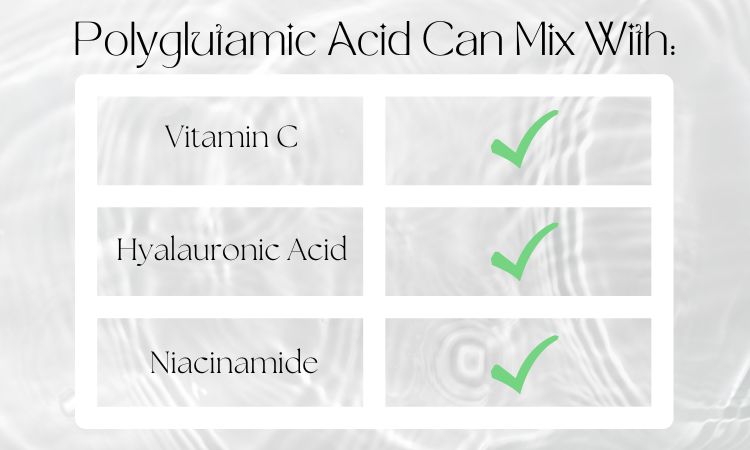
Potential risks and side effects
Polyglutamic acid generally seems safe, but any time you add a new substance to your skincare routine, it's a good idea to keep an eye on how your skin reacts. You can develop an allergic reaction to either polyglutamic acid or another ingredient added to the product.
Allergic symptoms may include:
- dry skin
- hives
- blisters
- skin redness
- burning
- itchiness
- swelling
The first time you use polyglutamic acid, you'll want to apply it to a small section of skin away from your face (especially the eyes) and wait 24 hours to see if you notice any symptoms.
Polyglutamic acid uses
Polyglutamic acid comes in many forms. To keep your skin hydrated, use topical forms of polyglutamic acid. Remember that most polyglutamic acid supplements have medical uses unrelated to skin care.
- Polyglutamic acid serum: apply a polyglutamic acid serum to your face twice daily to help keep your face hydrated
- Polyglutamic acid creams, gels, or lotions: creams and other topical products containing polyglutamic target your face or the area around your eyes and work well with other ingredients in eye creams
- Polyglutamic acid supplement: supplements may increase calcium bioavailability and help prevent osteoporosis
Recent Posts
-
Hyaluronic Acid Injections
Hyaluronic Acid Injections: What to Know & Non-Invasive Alternatives That Actually Work In the p …Jun 17th 2025 -
Kojic Acid Creams
My Kojic Acid Journey: How One Ingredient Transformed My Skin (And the Best Kojic Acid Creams to Try …Jun 11th 2025 -
LightStim vs. Omnilux
LightStim vs. Omnilux: My Real LED Skincare Results & Which One I Recommend LED light therapy&nb …Jun 3rd 2025

